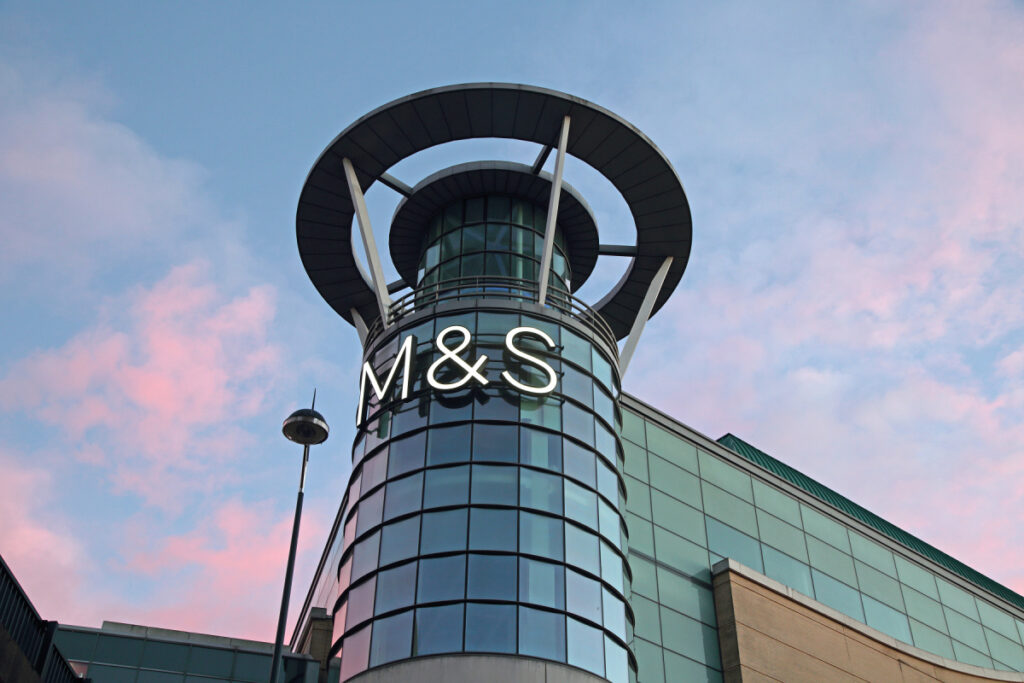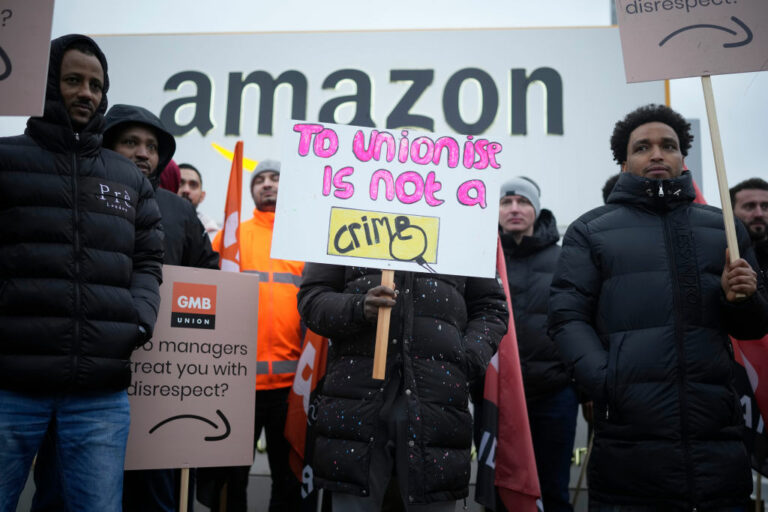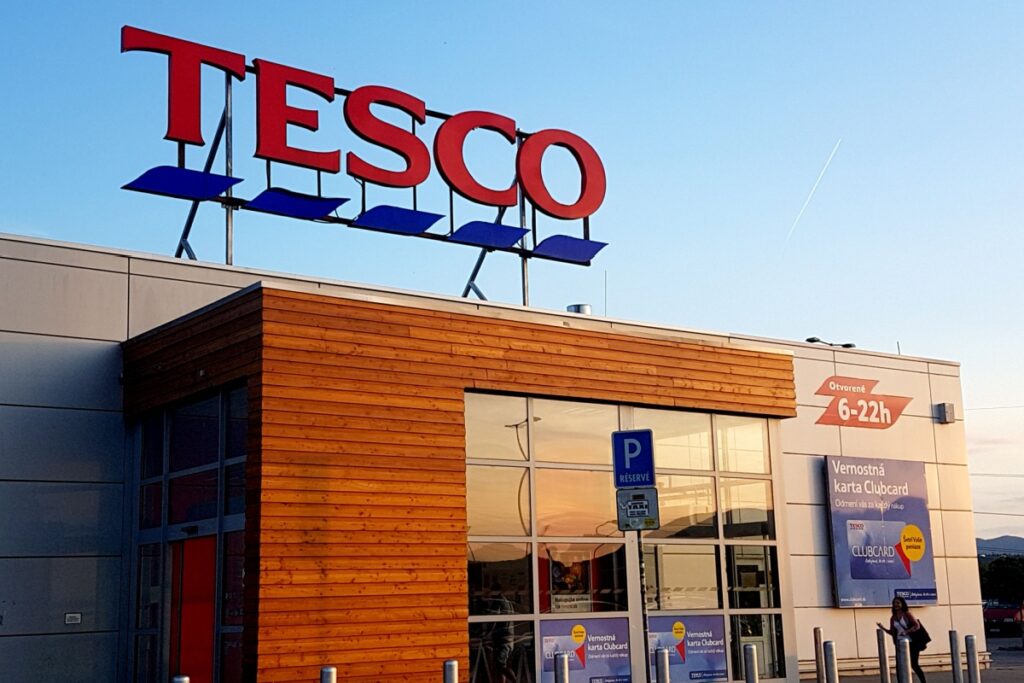A couple of weeks ago, it was announced that the growth of online retail in the UK will be a key focus at an event being held to mark the business legacy of the Olympics. IMRG predicts that the UK online retail market will grow by 13 per cent this year to £77 billion. Not bad considering the black clouds that continue to gather over the economy. As a result, the only market ahead of the UK in terms of value would be the US, meaning that good old Blighty now exports more than the rest of Europe‘s e-tailers put together.
That‘s quite some feat, and yet in many ways it isn‘t all that surprising. Online has become big business and it shows no sign of slowing down. As retailers move to be present across multiple channels, online has become the jewel in their crown. Even as retailers lined up after Christmas to post some pretty dismal results, all noted a rise in online sales. And that momentum has continued. In the last few weeks alone we‘ve seen brands such as Majestic Wine report that online now accounts for 1 in 10 sales and Sainsbury‘s reported in June that Internet sales had grown by more than a fifth in the first quarter of its financial year. So why are British retailers so savvy when it comes to the web?
While UK retailers might be masters of the online domain now, it hasn‘t always been that way. Just a few years ago, the majority were struggling to work out how the Internet would change their business and what it meant for their operations. For, though many had an online store, they hadn‘t integrated it with their high street presence. The two were very much separate entities, but the approach taken to both was very similar.
This created significant problems. Firstly, when a consumer walked into a high street store five years ago the chances are the retailer knew very little about them. They couldn‘t send them offers based on their purchasing preferences because they had no data on which they could tailor their experience. When it came to enticing the customer to part with their hard earned cash, retailers were operating in the dark. And to begin with, that‘s exactly how they approached their online operations as well. They had no idea which digital channels were driving people to their website, the offers that resonated best with different audiences and how they could tailor their online marketing to attract more customers. All they knew was that people were coming to the site and at best could plot a rough customer journey.
But then retailers got savvy. Very savvy, very fast. While Big Data has become a massive trend over the last 18 months, retailers cottoned on to its potential quite some time ago. They realised that by integrating their on and offline channels, they could learn so much more about customers and use that information to create up and cross sell opportunities as well as learn about customer buying behaviour. For example, there is one store in the US that through analysing customer data is able to see that if a customer stops buying their toothpaste at the store, in three months time they will no longer be a customer. This bizarre and yet insightful bit of knowledge has enabled it to take action to retain those customers that it believes are on the ‘danger list.‘
But its not just business intelligence where online retailers have become a lot smarter. They are taking what they‘ve learnt from analytics and looking to apply it to their online marketing as well. Analytics are critical as, by knowing how digital channels are performing, retailers can tailor content and offers accordingly in order to drive sales. For example, if they have a shoe sale and know that voucher codes generate the most shoe sales, they can up their activity in this area in order to generate demand.
But while they have taken great strides to retain their European Crown, British retailers still have some barriers to break down. The Internet offers a more flex
RELATED STORIES
















